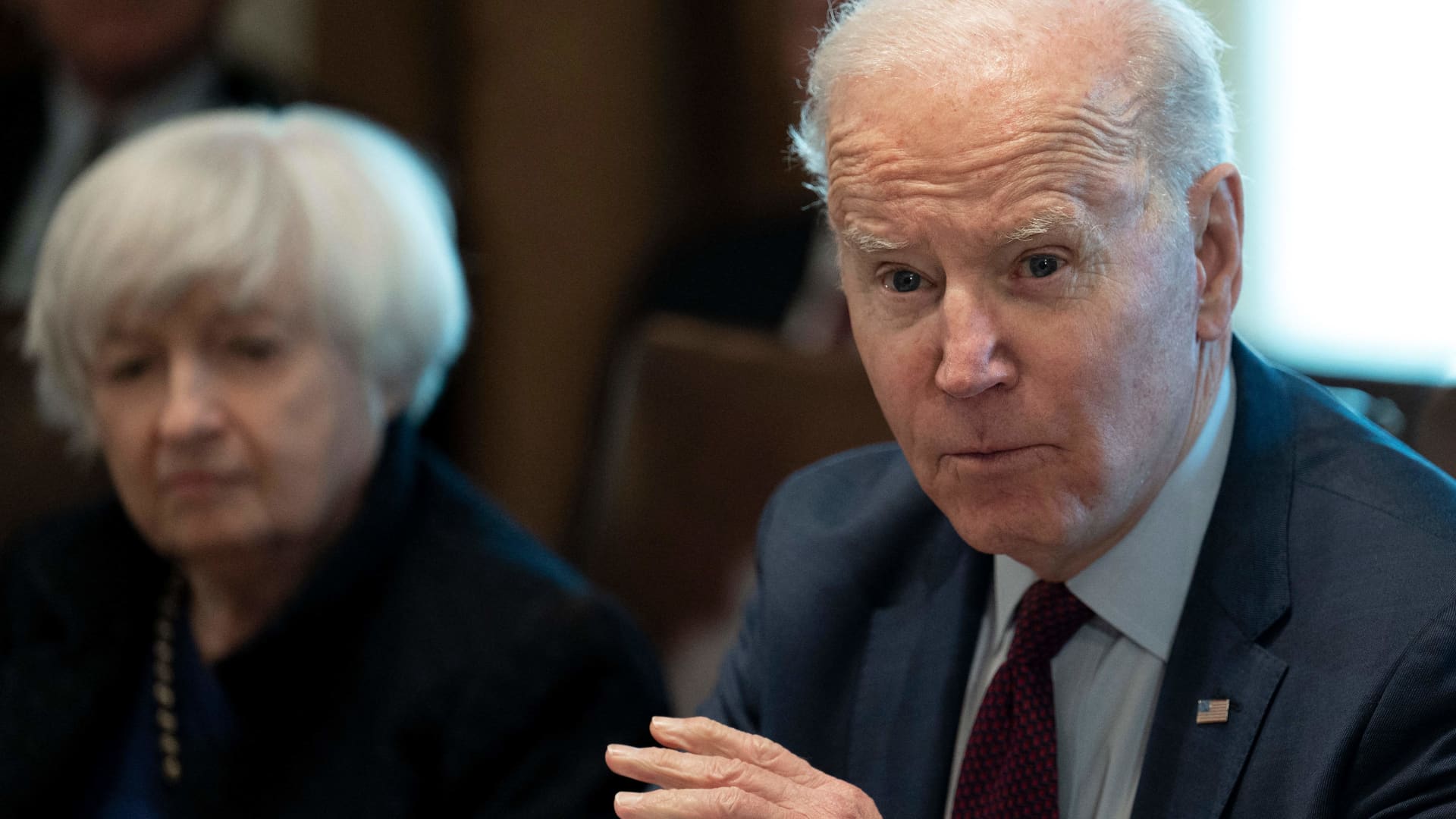Low inflation skeptics are right, just not as right as they think they are


Article content continued
For example, the cost of airline tickets dropped, offsetting higher prices for the staples that households stockpiled during the first wave of COVID-19. But how relevant are cheap flights to the overall cost of living when no one wants to fly? The adjusted measure is an attempt to reweight components in the CPI in real time, which is tricky, because it’s an exercise that statisticians prefer to conduct with plenty of hindsight.
Central bankers were taken aback last year when surveys indicated the public was skeptical of the Bank of Canada’s contention that inflation was essentially dormant, given the annual change in the CPI rarely breached two per cent, the rough target that guides interest rates.
“They think the price increases that they’re facing are higher than they are measured by Statistics Canada’s measurement,” Carolyn Wilkins, the Bank of Canada’s former senior deputy governor,said in an interview in September, around the time she announced her plan to resign. “Perceptions are really quite important. Da Vinci said all of our knowledge has its origins in perceptions and I think that’s true. So we need to understand, why is that?”
The reason appears to have something to do with a decline in the public’s faith in institutions such as the Bank of Canada and Statistics Canada. Consumers are influenced by the cost of items they purchase most often, not the broad basket of goods and services that Statistics Canada tracks. As a result, households coping with surging monthly housing payments, on top of the usual volatility in food prices, will naturally be skeptical when central bankers declare that inflation is dormant.




